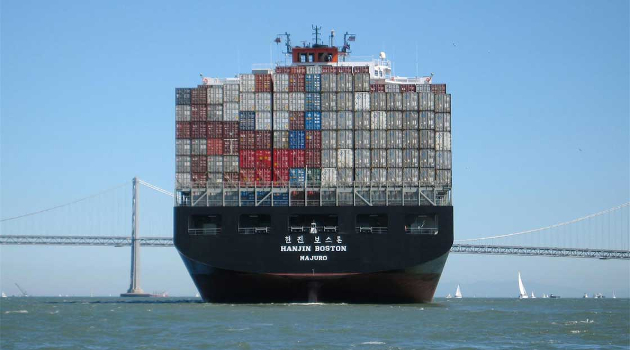Three years ago, I unveiled this video to help explain that trade deficits are nothing to worry about.
The most important thing to understand from the video is that the flip side of a trade deficit is a capital surplus.
To be more specific, foreigners earn dollars by selling products to Americans. They then use those dollars to buy goods and services from American producers, or they use those dollars to invest money in the American economy.
And when foreigners choose to invest their dollars, that necessarily is accompanied by a trade deficit.
At the risk of understatement, it’s not bad that foreigners want to invest in the United States.
Why am I discussing this topic today?
Because we have final data on trade flows for 2021. Here are some excerpts from a report by Ana Swanson for the New York Times.
The U.S. trade deficit in goods soared to record levels in 2021, topping $1 trillion… The overall trade deficit in both goods and services also hit an annual record, rising 27 percent as the country’s imports far outpaced its exports, according to data released by the Commerce Department… Imports surged by $576.5 billion, or 20.5 percent, rising sharply from a slump at the onset of the pandemic, as both the quantity and the price of the foreign products that Americans purchased increased. Businesses spent heavily on equipment and machinery… Exports grew 18.5 percent, or by $394.1 billion.
The correct reaction to this story is a big yawn.
Simply stated, I don’t care if Americans bought more from foreigners than foreigners bought from Americans. Just like I don’t care that I have a trade deficit with my local grocery stores (I’m always buying food from them and they never buy anything from me!).
Here’s another sentence from the story that deserves some attention.
Mary Lovely, a senior fellow at the Peterson Institute for International Economics, said the ballooning trade deficit last year mostly reflected the country’s continued strong economic growth.
To elaborate, if the United States economy is growing, that means Americans can afford to buy more stuff, regardless of where those goods and services originate.
And if other places in the world are growing slower (such as Europe), that means people from those areas can’t afford to buy as much stuff that originates in the United States.
P.S. A few years ago, I criticized Trump’s trade deal with China.
At the risk of patting myself on the back, I was right. Here are a few more sentences from the NYT story.
The data also revealed the shortcomings of a trade deal that Mr. Trump signed with China in 2020. …China committed to buying an additional $200 billion worth of American goods and services above a 2017 baseline by the end of 2021. But those purchases did not materialize. …China actually bought none of the additional $200 billion of exports that the trade deal had promised. …the trade deal Mr. Trump signed in 2020 “did not address the core problems” with China’s state-led economy.
P.P.S. While it is generally a good thing when foreigners invest in the U.S. economy, that’s only true if they investing in the private sector (stocks, bonds, real estate, etc). By contrast, if foreigners are using dollars to buy government bonds, that obviously doesn’t help growth.
But the problem isn’t that foreigners are buying government debt. That’s merely a symptom of the actual problem, which is excessive spending by politicians in Washington.
The moral of the story is that free trade is desirable…and small government is desirable.
———
Image credit: Mgunn | Public Domain.



